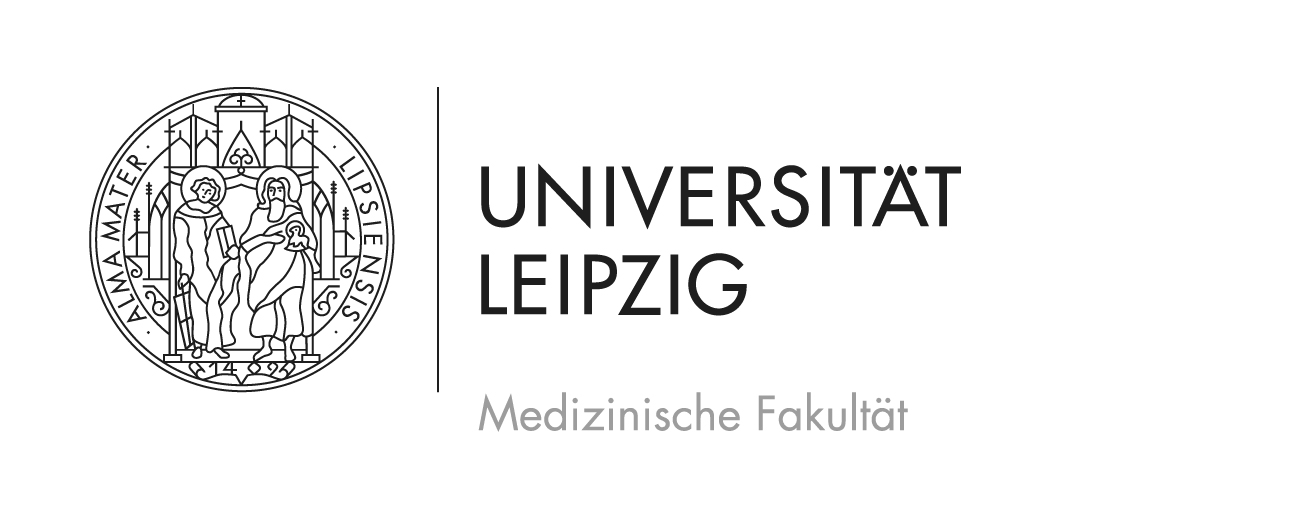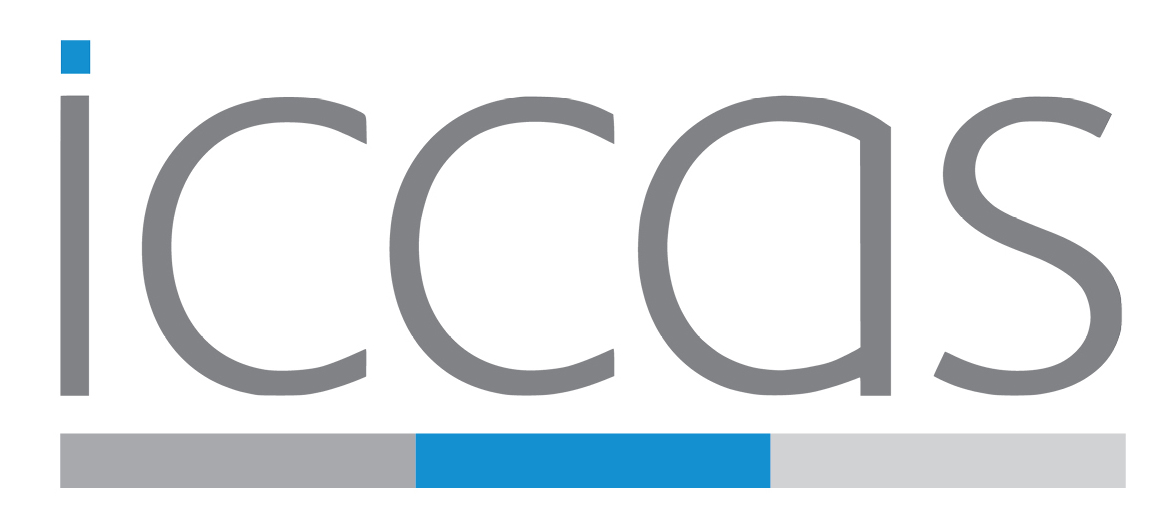

08.02.2012
The Leipziger Forum on Computer Assisted Surgery 2008 will take place on Feb. 9, 2008
(co-located with CAS-H 2008, Feb. 6-8) and consists of two workshops on computer aided surgery:
CURAC/CARS/DGBMT 2nd Joint Workshop on Model Guided Therapy and Adaptive Assist Systems
9:00-10:45 Chaired by V. Falk, H.U. Lemke (University of Leipzig)
Outline of the Workshop
In general, present Image-Guided Therapy (IGT) systems are mainly applied or are limited in their scope to specific surgical workflows. In these “Island Solutions”, patient modelling is narrowed down to the use of one or two medical imaging modalities, increasingly however, many different types of anatomic, physiologic, biologic, pathologic and technical data, information and knowledge sources relating to the patient are available.
Model-Guided Therapy (MGT) implies the IT supported integration of these sources by meansof generic and patient-specific models as well as their application in the planning and execution of interventions. MGT extends the tools for diagnosis and therapy presently basedon an image-centric world view with a model-centric world view.
The definition of a Patient-Specific Model (PSM) and its embedding in the surgical workflow is a very demanding research and development task for clinical, practitioners and researchers.In turn, the conception and design of appropriate data structures for the PSM and surgical assist systems for its management are mainly informatic and engineering activities. Both, the clinical and the technical tasks can only be successfully accomplished in an interdisciplinary cooperation.
The CURAC / CARS / DGBMT Workshops and a planned position paper on MGT are intended to support R&D activities in this exciting new field.
Program
9:00 Invited speaker: Michael W. Vannier, Chicago, USA
Patient Modelling – from geometry to the “omics”
9:15 V. Falk, G. Hindricks, Leipzig
Modelling for catheter based cardiac interventions
9:25 C. Trantakis, Leipzig
Generic and patient-specific models – an example from neurosurgery
9:35 G. Strauss, Leipzig
Generic and patient-specific models – an example from ENT surgery
9:45 S. Zachow, Berlin
Geometric and simulation models as training tools for the therapist
9:55 H.U. Lemke, Leipzig
Strategies for data structures for the patient-specific model
10:05 C. Bulitta, H. Siebold, Erlangen
Economic relevance of model-guided therapy
Panel discussion
All presenters and M.W.M. van den Brekel, Amsterdam
Workshop on “IT Architectures and Standards in the Operating Room”
11:15-13:00 Chaired by H.U. Lemke, O. Burgert (University of Leipzig)
Outline of the Workshop
There are many Surgical Assist Systems (SAS) in development or employed in the operating room, though their routine use is impeded by the absence of appropriate integration technology and standards. Appropriate integration technologies require a correlative IT infrastructure as well as communication and interface standards, such as DICOM, to allow data interchange between surgical system components in the operating room.
Such an infrastructure, which may be called a “Therapy Imaging and Model ManagementSystem” (TIMMS) supports the essential functions that enable and advance model-guided therapy. Its design should be based on a suitable DICOM extension for data, image,information, model and tool communication in order to clarify the position of interfaces and relevant standards for SAS and their specific components.
In the process of realising a standard for therapy imaging and model management in surgery, it can be expected that surgeons, interventional radiologists, hospital managers as well asbuyers and vendors of OR equipment, will become aware of the new business potential madepossible by a suitable DICOM standard. By using the standard, their business situation will improve not least by more streamlined workflows, but also by a safer and higher quality patient care. This workshop explores efforts to develop strategies and standardized tools for improving surgical and interventional workflow assisted by surgical systems and technologies.
Program
11:15 Invited speaker: Michael W. Vannier, Chicago, USA
New developments of information and communication technologies for the OR
11:30 O. Burgert, Leipzig
Analysis of surgical workflows for TIMMS requirements engineering
11:40 K. Rademacher, C. Bulitta, Aachen/Erlangen
IT architecture in the OR
11:50 H.U. Lemke, Leipzig
DICOM in surgery
12:00 M. Gessat, Leipzig
DICOM supplements for surgery
Panel discussion
All presenters and M.W.M. van den Brekel, Amsterdam